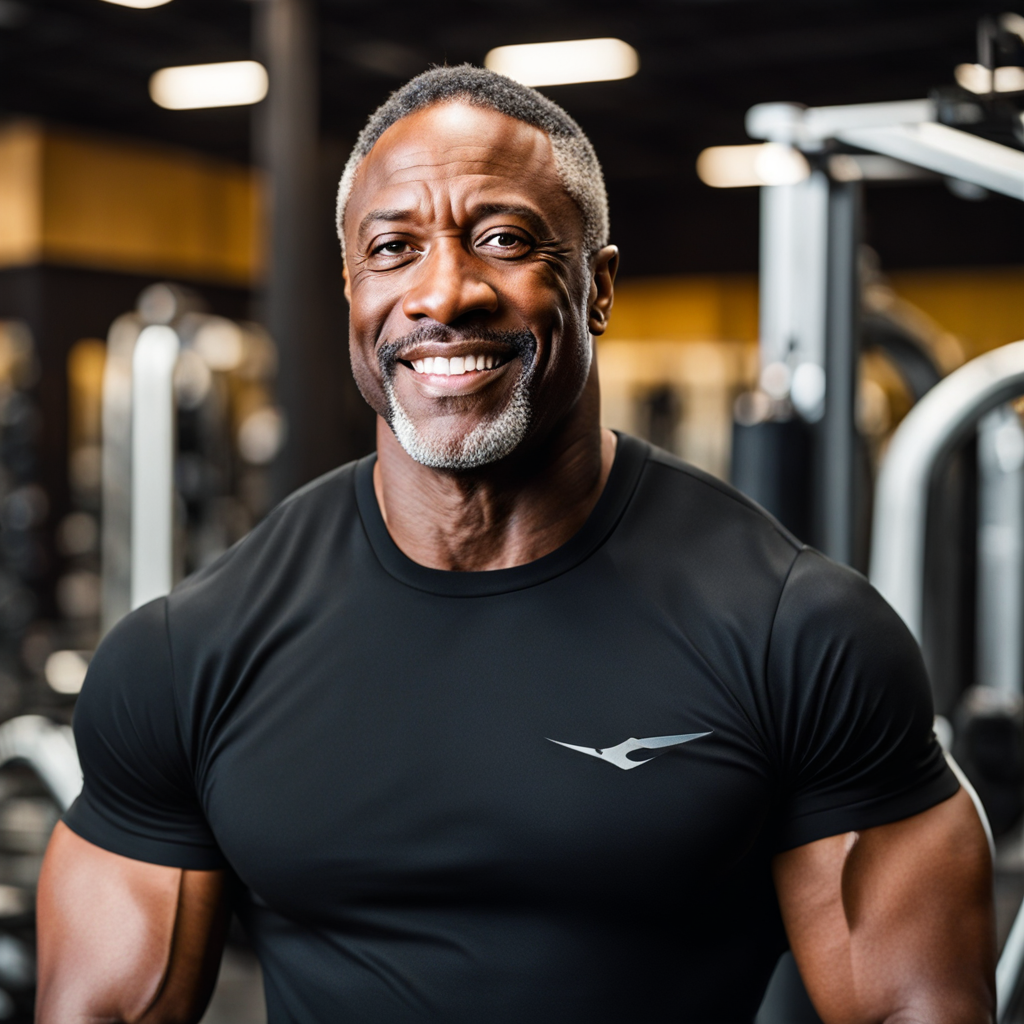The squat, an ageless powerhouse of an exercise, reigns supreme in the fitness realm. It forges muscle, fortifies strength, and hones body coordination, finding its unwavering place in every fitness regimen.
But monotony threatens even the mightiest exercises. Enter the squat pulse—a relentless alternative that sets muscles ablaze.
Squat pulses have no boundaries. They fit into dynamic warm-ups, scorching HIIT sessions, or cap off grueling leg workouts with a fiery pump. Regardless of your choice, squat pulses are a formidable addition to your lower-body arsenal.
What are they, you ask?
A pulse squat, a compound bodyweight exercise, deploys a limited range of motion, keeping lower-body muscles under relentless tension. While not the epitome of strength or muscle gain, they shine when access to full equipment is scarce.
In a pulse squat, you linger at the squat's nadir, executing short, fierce one or two-inch movements before ascending with locked legs. Not only do you sculpt lower-body muscles, but you incinerate calories.
Muscles Engaged:
Though comprehensive, pulse squats target specific muscles:
- Quadriceps: The rectus femoris, vastus lateralis, vastus intermedius, and vastus medialis at your thigh's front.
- Hamstrings: The biceps femoris, semimembranosus, and semitendinosus that flex your knees and extend your hips.
- Calf Muscles: The gastrocnemius and soleus stabilize ankle joints and keep you balanced.
- Hip Flexors: Muscles like the rectus femoris, iliacus, psoas, and more stabilize and control hip and pelvic movement.
- Glutes: Your gluteus muscles maintain balance, control, and power during pulses.
- Abductors and Adductors: Prevent unwanted knee movements.
- Core Muscles: Offer spinal support when weights are added.
Executing the Pulse:
Squat pulses, a short-range bodyweight squat, engage muscles relentlessly. Here's how:
Starting Position:
- Stand upright, feet shoulder-width apart, knees slightly bent, turned outward.
- Extend arms forward or rest hands on hips.
- Engage your core, drawing down your rib cage and tilting your pelvis.
Execution:
- Inhale through your nose, descend by bending knees, hips, and ankles.
- Shoulders align with hips, quads parallel the floor.
- Exhale, push feet into the ground, lift a few inches, then descend.
- Repeat pulsating motion for the prescribed duration or reps.
- Sets and reps vary with body weight or added resistance. For bodyweight-only pulses, start with 2-3 sets of 8-15 reps, adjusting for proper form.
Form Matters:
Precision is paramount:
- Maintain shoulder alignment with hips.
- Keep an upward gaze.
- Sustain chest elevation and core engagement.
- Avoid rounding your lower back.
- Distribute weight evenly from toe to heel.
- Grip the floor with your toes for stability.
- Focus on tight quads and glutes.
- Prevent knees from collapsing inward or splaying.
- Prioritize controlled, fluid movements.
- Descend only as far as you can with a level pelvis.
- Maintain steady breathing.
Advantages:
Squat pulses offer unique benefits:
Enhanced Running and Jumping: Quadriceps, hamstrings, and glutes boost stride power. Improved hip and ankle flexibility elevates explosiveness—a running and jumping essential.
- Convenience: Execute them anytime, anywhere, sans equipment.
- Ease of Execution: Ideal for beginners and fitness enthusiasts.
- No Set-Up Required: Perfect for fast-paced routines.
- Knee Joint-Friendly: Joint-safe when done right.
- Continuous Muscle Engagement: Boosts calorie burn.
- Muscle Pump: Surprise muscle growth potential.
- Calorie Burner: Aids weight loss and toning.
Further Variations:
Stay engaged with diverse squat variations:
- Goblet Squat Pulse: Intensify with weights.
- Resistance Band Squat Pulse: Stability and muscle engagement.
- Plié Squat Pulse: For hip mobility and inner thigh engagement.
- Lunge Pulse: Elevate balance challenges.
- Bulgarian Split Squat Pulse: Balance and hip mobility.
- Sumo Squat Pulse: Targets inner thigh muscles.
In Conclusion:
Squat pulses, a fitness juggernaut, deliver an intense lower-body workout. Quadriceps, hamstrings, and especially the front-upper-leg quadriceps feel the burn. Core muscles provide unwavering stability.
In essence, squat pulses are dynamic, accessible, and devastatingly effective—a fiery addition to any fitness journey, suited for novices and veterans alike.






